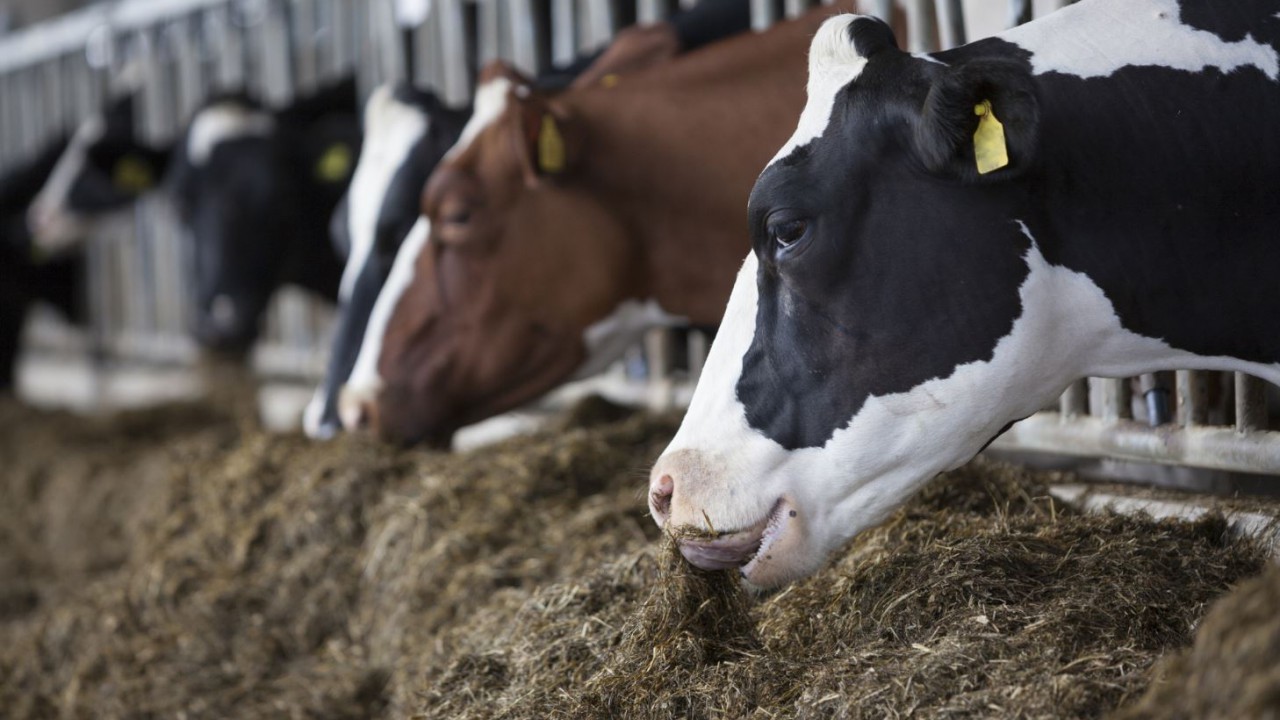In order to achieve high milk yields, dairy cows need to be offered good-quality silage in order to optimise performance. It’s important to test silage before feeding so that the cow’s diet can be formulated correctly.
Over or underestimating feeding value due to a lack of test results can cost you a significant amount of money.
When harvested at the correct growth stage, grass silage is a relatively low-cost, high-quality feed for lactating dairy cows.
One of the main factors affecting the dry matter intake (DMI) of grass silage is its dry matter digestibility (DMD).
The silage DMI capacity, by dairy cows, is normally lower than that of the same grass when fed fresh, but well-preserved high DMD silage will still achieve relatively high animal intakes.
On the other hand, silage with low digestibility will have low DMI characteristics due to the slower rate of digestion in the rumen and reduced passage rate compared to grass silage with high digestibility.
In essence, grass silage pf lower digestibility is more fibrous and spends longer in the rumen, increasing rumen fill and, as a result, has a decreasing effect on DMI.
The DMI of grass silage offered to dairy cows generally ranges from 8kg/day for 65% DMD grass silage to 17kg/day for 80% DMD grass silage.
Animal performance
Research shows that when grass silage with high digestibility is offered to dairy cows, as the sole feed, it produced greater average daily milk yields and improved milk composition compared to silage with lower digestibility grass silage.
For example, increasing digestibility by 5% – from 75% to 80% has the potential to increase milk yield by 1.5-2L/day. In most cases, grass silage DMI will reduce when supplementary concentrates are offered.
Research shows that increasing silage digestibility – even when high rates of concentrates are fed – still increases milk yield.
Therefore, it is not possible to obtain the same milk production with low DMD grass silage compared to high DMD grass silage, by increasing concentrate supplementation.

